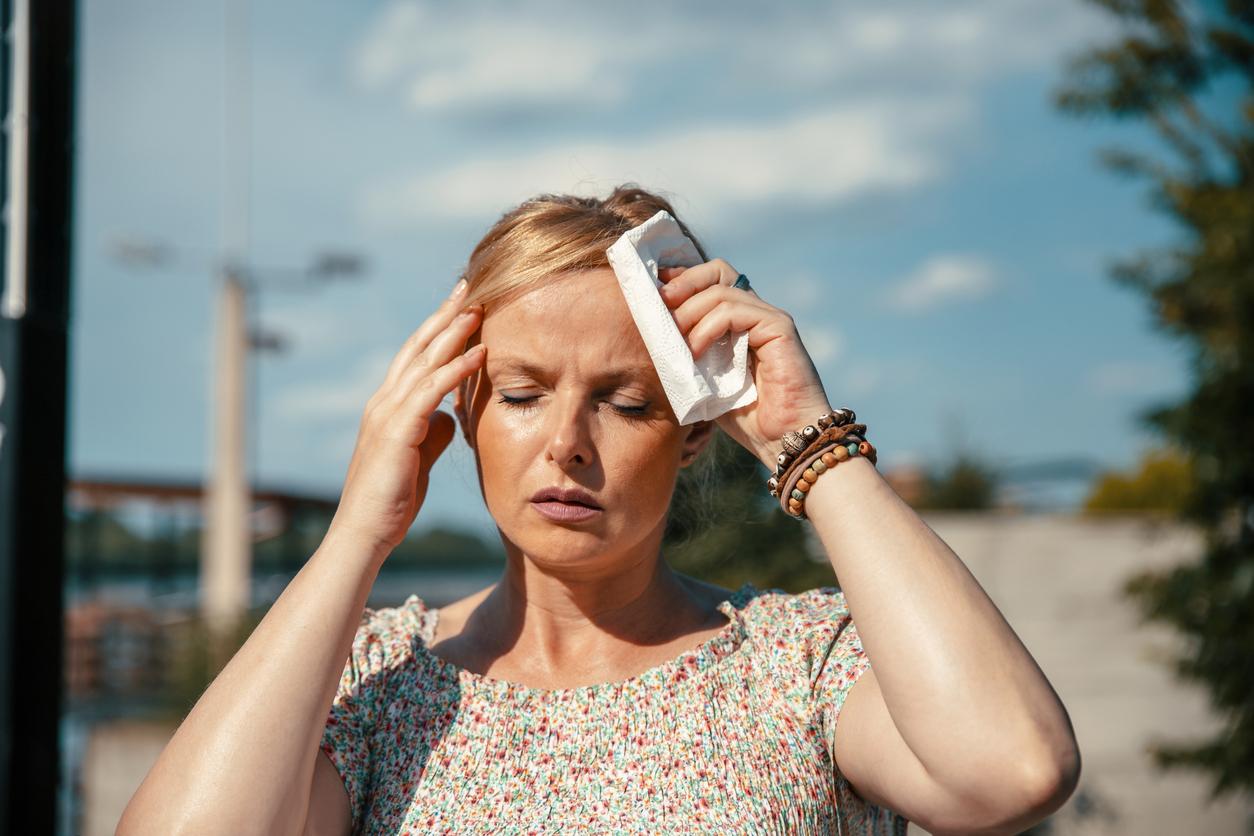Carbon monoxide kills 100 people every year. To improve prevention, Santé Publique France wants to target young people and single women.

The first snowflakes fell on the Alps on October 13. If the first snows did not take long, it is because the cold quickly hit France. “On your coats and soon on your skis”, tweet the Alpes-Maritimes department.
A wise advice, but the French will undoubtedly have thought, before that, to relight their heating, stove and other braziers. Some would need an update on the risks of these devices. Each year, more than 1,000 carbon monoxide poisonings occur. 100 are fatal. How to improve the balance sheet? This is the question that arose Public Health France.
Carbon monoxide is produced during incomplete combustion (gas, fuel oil, charcoal, etc.). This molecule attaches to hemoglobin instead of oxygen, which is essential for the body. Lack of supply can cause death. In French homes, incidents of this type are frequent, despite repeated campaigns by health authorities since 2005. They have at least made it possible to reduce serious cases requiring hospitalization.

Three audiences to target
In 80% of cases, poisoning occurs in a home, accidentally. Santé Publique France therefore conducted qualitative interviews in order to understand why they persisted in such a stable manner. To do this, meetings were organized with 17 intoxicated families and 25 heating technicians. The causes of incidents are varied: specialist error, non-compliance with maintenance rules or even climatic hazards.
But the lack of knowledge regularly emerges from the discussions. The French have difficulty in identifying the rules to be followed to avoid the accumulation of this odorless and colorless gas. One of the speakers reports an office conversation and points out this response from female colleagues: “Oh dear, I didn’t know that the boiler had to be serviced”. This type of forgetfulness is one of the main causes of poisoning.
Three audiences must be particularly targeted in future campaigns, according to Public Health France. Young students, when it comes to a first installation, single women, less informed of the risks, and populations from Africa or the overseas departments. Indeed, they use braziers which promote the emission of carbon monoxide in high quantities. The people questioned suggest strengthening the system by increasing the number of television spots and sources on the Internet.
.

















